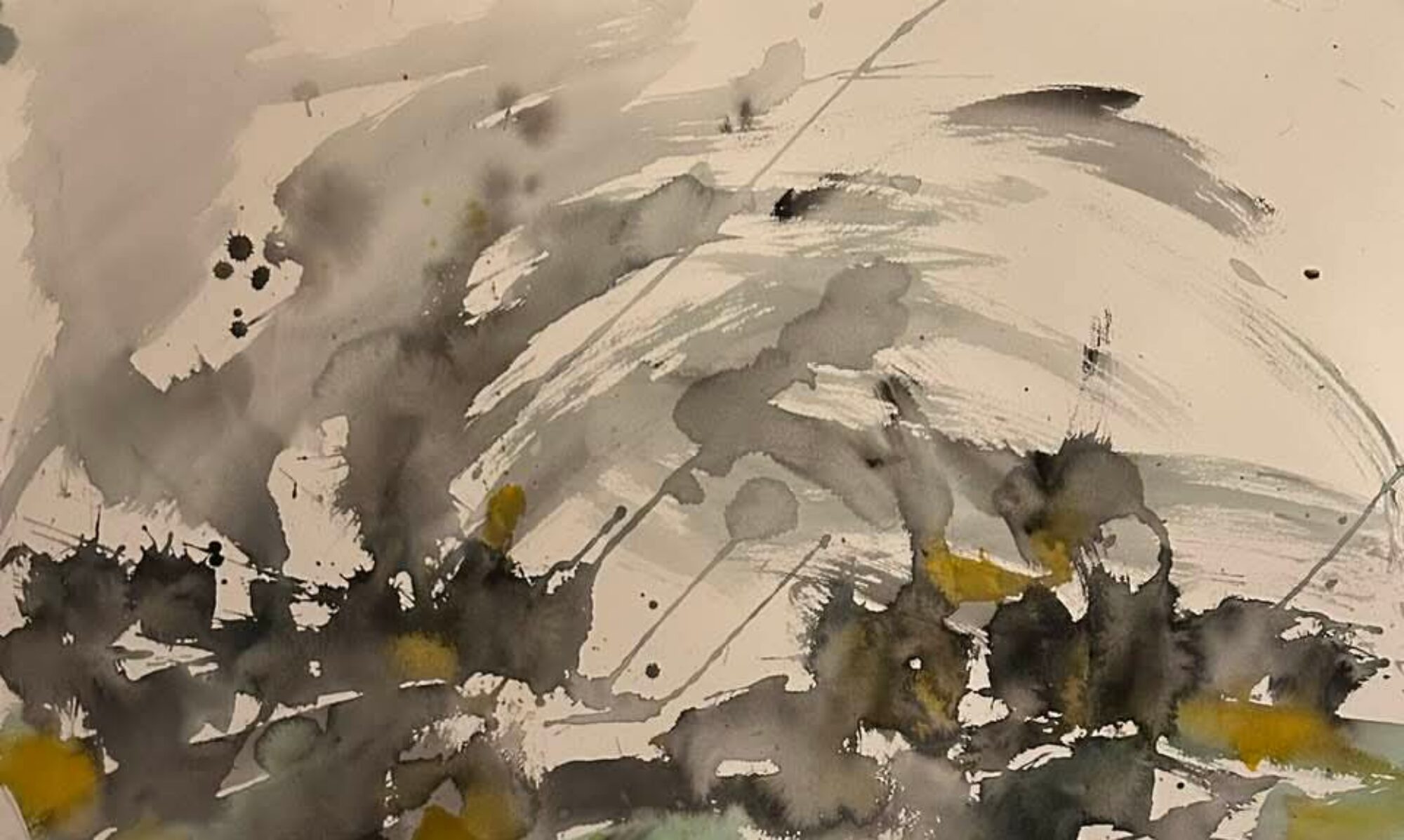We are blessed as listeners to have a seemingly endless supply of new music, coming to us as a result of both production and distribution costs having declined drastically from where they were 30 years ago.
Back in the ’80s and ’90s, bands fretted about things like how to save up enough money for studio time and how to distribute their record once they’d made it. Now, lots of musicians are able to record at home, and distribution (at least the digital variety) has become simple through such avenues as Bandcamp (launched in 2007) and DistroKid (2013). The result: More music is being released than ever before. As an artist, that can make it difficult to get noticed — but as a listener, it’s an embarrassment of riches.
Luckily, when it comes to contemporary instrumental music, we have a lot of resources to help us sift through what’s out there. For the purposes of this post, I’m leaving out sites like Consequence of Sound, Aquarium Drunkard and Pitchfork — all of which cover instrumental music, but none of which specialize in it. Here are a few sites that cover instrumental music; if you have others to recommend, please do.
A Closer Listen – This is the most comprehensive and in-depth site covering instrumental music that I’ve come across. Founded in 2012, the site has a talented stable of writers and focuses on album reviews, covering ambient, drone, modern composition, field recordings and more.
Stationary Travels – Like A Closer Listen, Stationary Travels is ambitious in scope, covering modern composition, ambient and drone, as well as electroacoustic and experimental folk. (I’m adopting the site’s own genre names here; surely genre names will be a subject of a future post.) Among the artists I’ve recently discovered via Stationary Travels: inventive Canadian violinist Christopher Whitley, who creates all sorts of sounds one wouldn’t generally associate with the violin, and ambient artist The Humble Bee & Benoit Pioulard, who somehow retains a sense of blissed-out ambient while simultaneously bringing more energy to the endeavor than you often find in ambient music.
Contemplative Classical – From hushed minimalist piano to New Age-like instrumentals, ragged-around-the-edges ambient and challenging contemporary composition, there’s a lot to like — and a lot to sift through — on Contemplative Classical’s playlists. On the whole, though, Contemporary Classical’s center of gravity resides more with contemporary minimalist piano than, say, full-on ambient or challenging modern composition. The site also posts mixes by guest artists and a podcast by Matt Emery on Soundcloud.
Mes Enceintes Font Défaut (My Speakers Are Missing) – Based in Montreal, this site covers ambient, electronic and experimental music. This month’s featured album is a dark but beautiful work of ambient drone: Matt Jencik’s Dream Character.
Ambiance Glitters – The focus here is ambient music, but it’s not all textural soundscapes; you’ll also find delicate piano and cinematic music. Includes reviews, interviews and mixes.
Spellbinding Music – Most of what you’ll see covered on A Spot on the Hill falls under the general heading of minimalist and meditative, which I use not so much as genre categories (especially in the case of “meditative”), but more in the sense of general approach and emotional quality. That leads me to certain genre areas: contemporary composition, minimalist piano-based works, ambient (focused more on texture), compositional ambient (focused more on form), postrock, etc. Spellbinding Music casts its net wider, writing about contemporary composition but also getting into jazz, folk and roots music more generally. While there’s limited overlap with what I’m looking for specifically, it’s worth checking on this site now and then for an unexpected discovery (such as French poet and sound artist Félicia Atkinson).
Drifting, Almost Falling – Like most music blogs, this one is a passion project — and the passion shines through. A couple of things I particularly like: (1) The name “Drifting, Almost Falling,” tells you what you’re in for. The site’s focus is relatively narrow — defined as “minimal ambient, drone and modern classical sounds” — allowing a reader/listener to have a sense of the kind of artists they might discover here. (2) Write-ups usually start with a quote from the artist’s own bio/promotional materials, which — even if sometimes exaggerated, as promotional write-ups are — offer insights into where the artist is coming from and what they are trying to achieve.

Thank you for the mention.